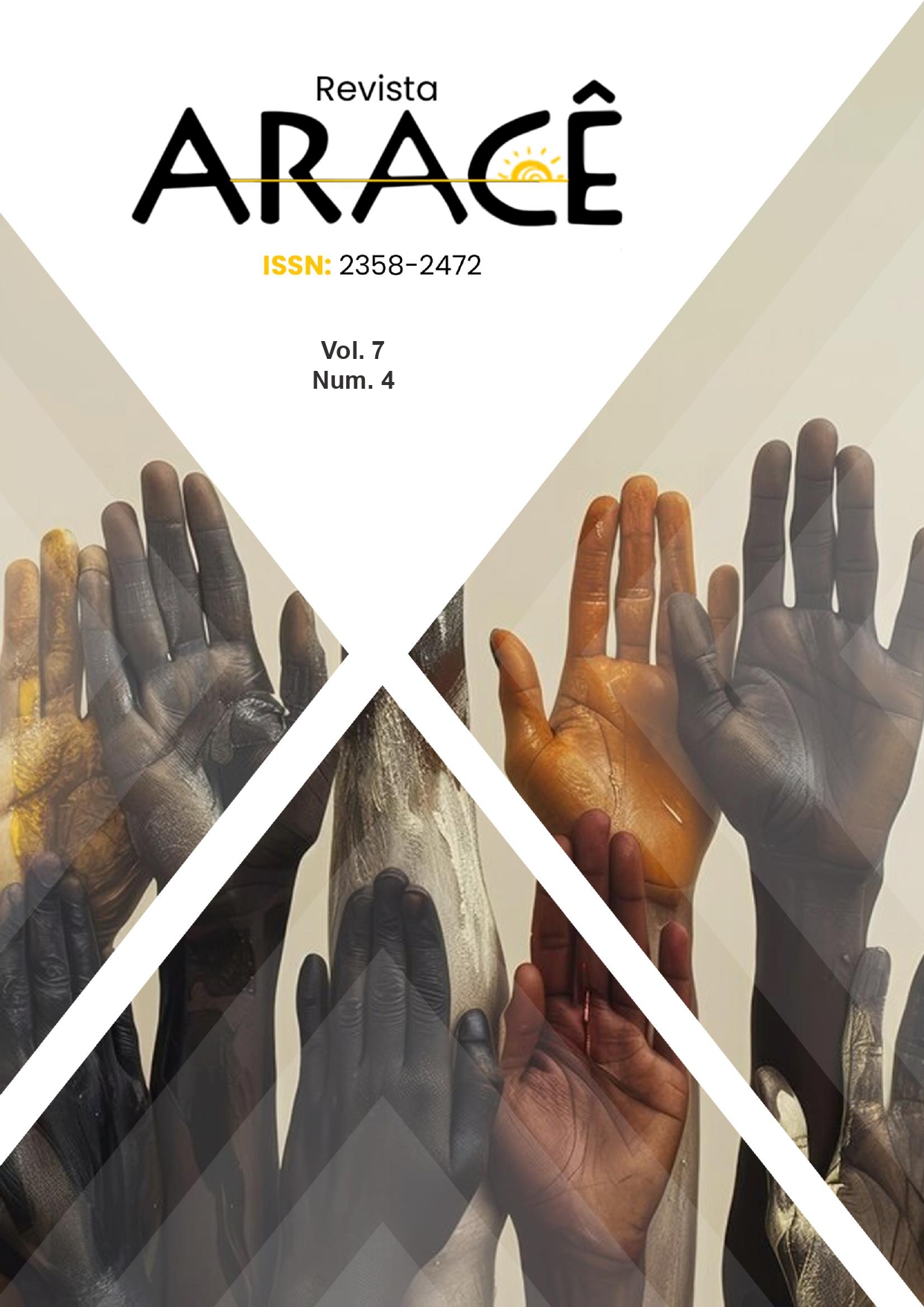ANÁLISE DE PROPRIEDADES FÍSICO-QUÍMICAS DO CIMENTO AH PLUS ASSOCIADO A SUBSTÂNCIAS ANTIMICROBIANAS
DOI:
https://doi.org/10.56238/arev7n4-235Palavras-chave:
AH plus, Ambroxol, N-acetilcisteína, MicroCT, SEM, BiofilmeResumo
O AH Plus é o cimento endodôntico considerado padrão-ouro, o qual vai exercer a função da união entre as interfaces guta-percha e paredes dentinárias, no entanto, sua ação contra microrganismos é limitada. O ambroxol (ABX) é um metabolito VII da bromexina e tem conhecida ação farmacológica mucocinéticas e expectorantes. O N-acetilcisteína é um potente antioxidante derivado de cisteína, sendo um composto não antibiótico, mas que apresenta ação antimicrobiana. Dessa forma, o objetivo do presente estudo é avaliar o AH Plus associado a 5% de N- acetilcisteína e AH Plus associado a 5% de Ambroxol, quanto às propriedades físicas (radiopacidade, tempo de presa, escoamento, solubilidade, resistência à compressão) e atividade antimicrobiana. 1 - Para avaliar a radiopacidade, utilizaremos anéis metálicos em que os cimentos experimentais serão inseridos e mantidos, estes serão radiografados e processados manualmente, para posteriormente serem digitalizadas e analisadas no programa Digora 1.51. 2 - Tempo de presa: os cimentos experimentais vertidos em anéis metálicos serão submetidos à marcação com pressão vertical, utilizando agulhas de Gilmore. 3 – Escoamento: o cimento será espatulado no centro de uma placa de vidro onde outra será colocada sobre ela, ambas com peso 100g, e, após 10 minutos do início da espatulação, o peso será removido e o diâmetro maior e menor do cimento serão mensurados com auxílio de um paquímetro digital, sendo que a média dos dois diâmetros será considerada o escoamento do cimento. 4 – Solubilidade: 30 dentes de acrílico serão preenchidos com os cimentos experimentais. As análises serão feitas por meio da comparação do volume em mm³ pelas imagens obtidas em microtomografia computadorizada (micro-CT). Ação Antimicrobiana: sob os anéis metálicos preenchidos com os cimentos teste e grupo controle será induzido in vitro biofilme de Enterococcus faecalis. Após o período de 21 dias, as amostras serão coradas Live/Dead Technique-In Vitro Gen, e, na sequência, serão avaliadas no Microscópio Confocal de Varredura a Laser. Sob os blocos de cimento será analisada a adesão de Ent. faecalis. Os resultados serão submetidos aos testes de D’Agostino e Pearson para verificação de distribuição normal.





